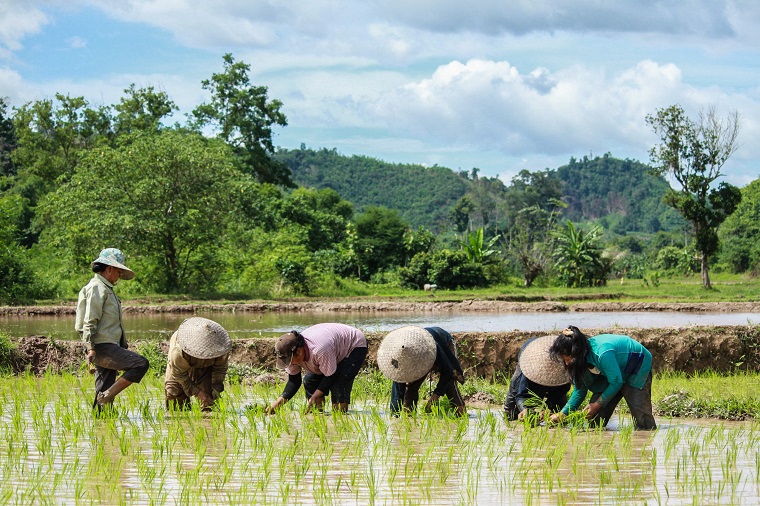Mekong Countries Strengthen Health Resilience to Climate Change
Climate change poses threats to public health in the Greater Mekong Subregion, which is already experiencing hotter weather, longer dry seasons, and changing rainfall patterns.
Climate change poses threats to public health in the Greater Mekong Subregion, which is already experiencing hotter weather, longer dry seasons, and changing rainfall patterns.
Southeast Asia continues to benefit from the rise in global trade and the pickup in commodity prices. It is expected to maintain its 2017 growth rate of 5.2% in both 2018 and 2019, according to the Asian Development Outlook 2018.
The Stock Exchange of Thailand plans to launch a pan-Mekong board and index to tap growing investor interest in developing Mekong economies. The plan, however, is still in its early stages and has not yet reached the Securities and Exchange Commission.

Winners will be judged on the merit of their content or on the number of Instagram likes. For more information, go to the contest's Facebook page.
MANILA, PHILIPPINES (8 January 2018) — The Asian Development Bank today launched a photo contest on Instagram to showcase the development progress in the Greater Mekong Subregion and demonstrate how a focus on increased regional cooperation and integration can improve people’s lives.
The Greater Mekong Subregion is one of the fast-growing markets for air transport services today.
The Greater Mekong Subregion has significant potential to develop renewal energy, but it also faces major challenges.
Scientists are urgently calling for alternative treatments to a malaria “superbug” that now affects four countries in the Greater Mekong Subregion.

Rural communities in the Greater Mekong Subregion are vulnerable to climate-related disasters, such as floods, droughts, and storms. Risk financing can help people protect their livelihood and productive assets better through a combination of risk retention, risk sharing, and risk transfer mechanisms. Photo: ADB.
Risk financing can help at-risk communities better cope with the economic costs of natural disasters and extreme weather.
Vulnerable towns in Cambodia, Lao People’s Democratic Republic, and Viet Nam are using “green infrastructure” to stave off the impacts of climate change.
Five countries in the Greater Mekong Subregion are receiving additional support to eliminate malaria.